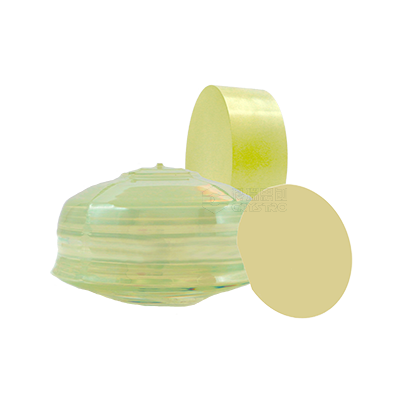Introduction
Crystals have long astounded us with their captivating beauty and remarkable properties. From forming the foundation of gemstones to being used in various technological applications, crystals continue to amaze scientists, engineers, and enthusiasts around the world. In this article, we will explore the intriguing question: do crystals make lasers? Join us as we delve into the fascinating realm of crystal-powered laser technology.

Understanding Lasers
Lasers, short for Light Amplification by Stimulated Emission of Radiation, are sources of highly concentrated and coherent light beams. They find widespread applications in areas such as telecommunications, industry, medicine, and entertainment. But how are crystals related to this cutting-edge technology?
The Role of Crystals in Laser Development
Crystals play a crucial role in the creation, amplification, and manipulation of laser beams. Specifically, certain crystals possess unique optical, electrical, and thermal properties that make them ideal laser materials. These crystals are used in various laser components, including gain media, Q-switches, and frequency converters.
Laser Gain Media
Crystals act as gain media, the material responsible for amplifying light in a laser cavity. When properly excited, specific crystal structures emit light by stimulated emission, triggering a chain reaction that leads to the production of a coherent laser beam. Crystals like ruby, neodymium-doped yttrium aluminum garnet (Nd:YAG), and erbium-doped yttrium aluminum garnet (Er:YAG) are popular choices for laser gain media due to their ability to emit light at specific wavelengths.
Q-Switching
Crystal-based Control: Q-switches are devices that enable the generation of short and intense laser pulses. Crystals like potassium dihydrogen phosphate (KDP) or lithium niobate (LiNbO₃) are commonly used in Q-switches. These crystals have the unique property of being electro-optic, meaning they can control the passage of light pulses within the laser cavity. By manipulating the crystal's refractive index with an applied voltage, the Q-switch allows for precise control over laser pulses.
Frequency Conversion
Certain crystals possess the exceptional ability to convert laser light from one wavelength to another. This process, known as frequency conversion, is utilized to generate laser light at wavelengths that are not directly accessible with the laser's primary gain medium. Crystals such as potassium titanyl phosphate (KTP) and beta-barium borate (BBO) excel in frequency conversion by efficiently converting infrared light into visible or ultraviolet light.
Advancements and Emerging Crystal Technologies
Researchers are continuously exploring new crystal materials and techniques to enhance laser performance. For instance, rare-earth-doped crystals, including ytterbium-doped potassium gadolinium tungstate (Yb:KGW), have proven useful in high-power solid-state lasers. Additionally, efforts are underway to optimize crystal growth methods, improve crystal purity, and explore novel crystal compositions to overcome current limitations.
Conclusion
Crystals play a pivotal role in the creation and functionality of lasers. From serving as gain media for light amplification to controlling laser pulses and enabling frequency conversion, crystals are invaluable components in modern laser technology. As researchers and engineers continue to push the boundaries of crystal-based laser systems, we can expect further advancements that will revolutionize various industries and bring the magic of lasers to new heights.

